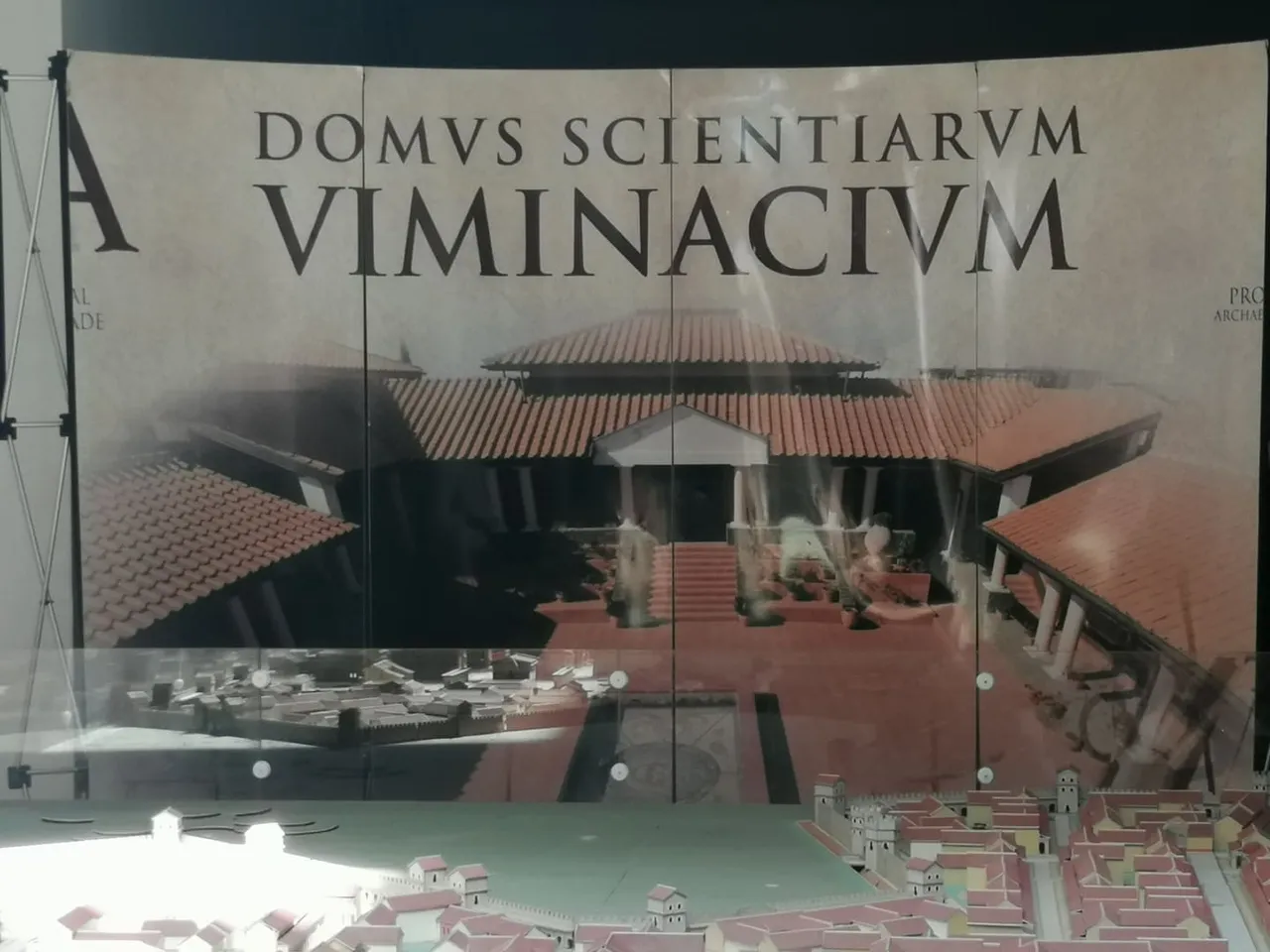
The site has been systematically destroyed over the centuries. The lack of real protection has caused a dual permanent plunder of the site. On the one hand, robbers who sought gold and other valuables had been constantly digging up the site. On the other hand, villagers had been systematically disassembling the architectural remains and taking away tombstones because the ruins were considered a source of free construction material. Therefore, there are no preserved structures on the surface today, and every form of their research and presentation must be done by excavation.
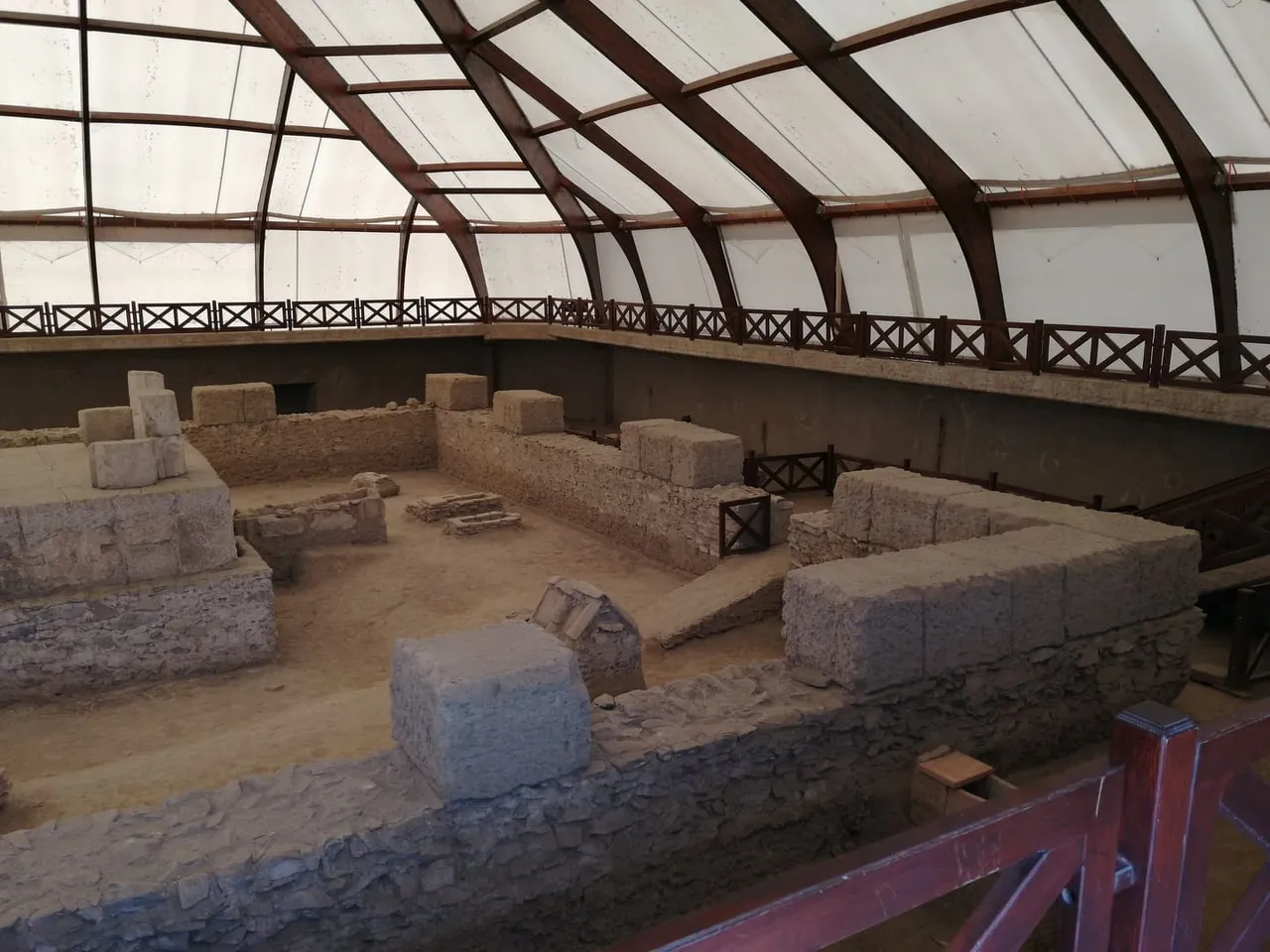
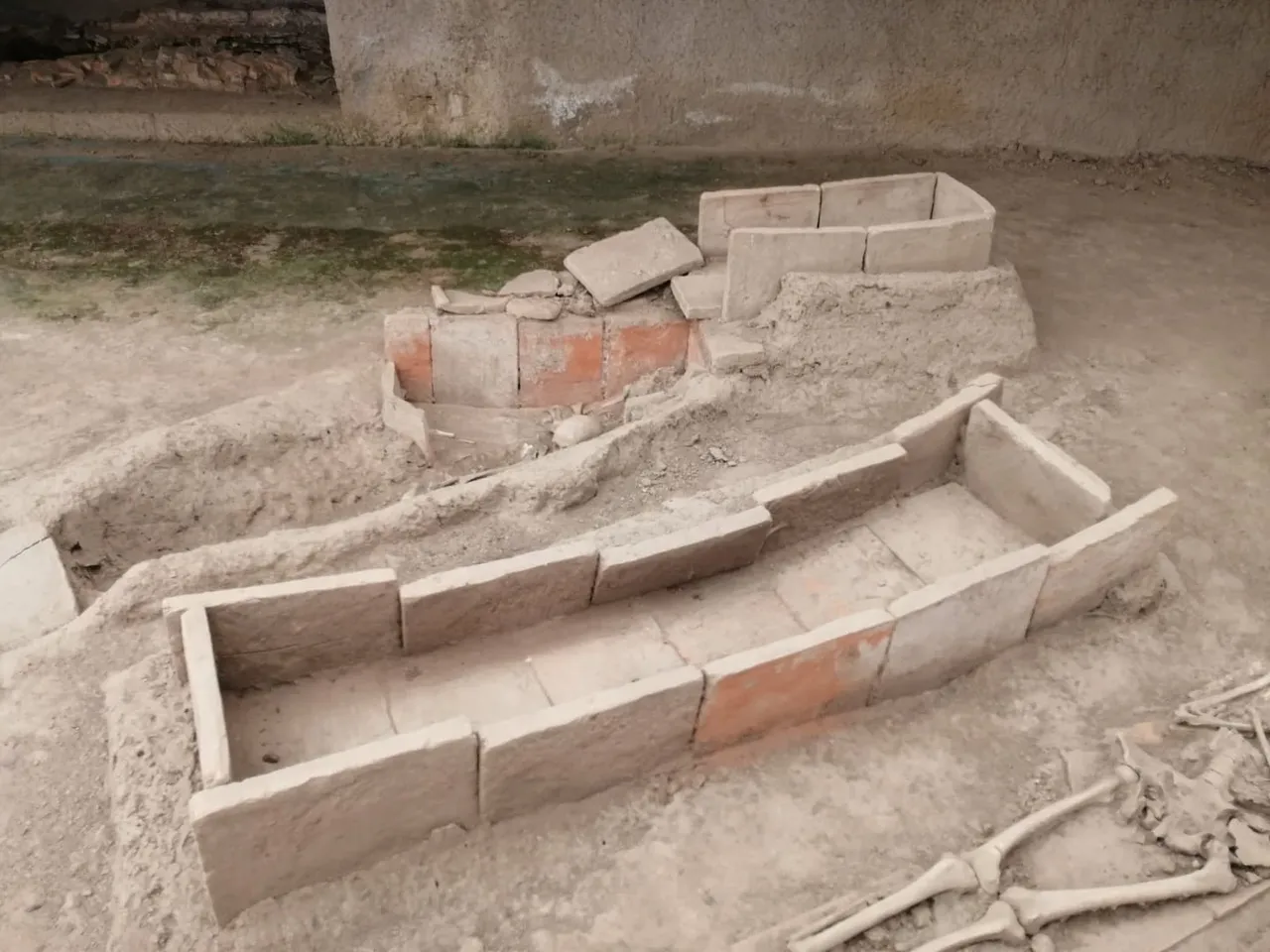
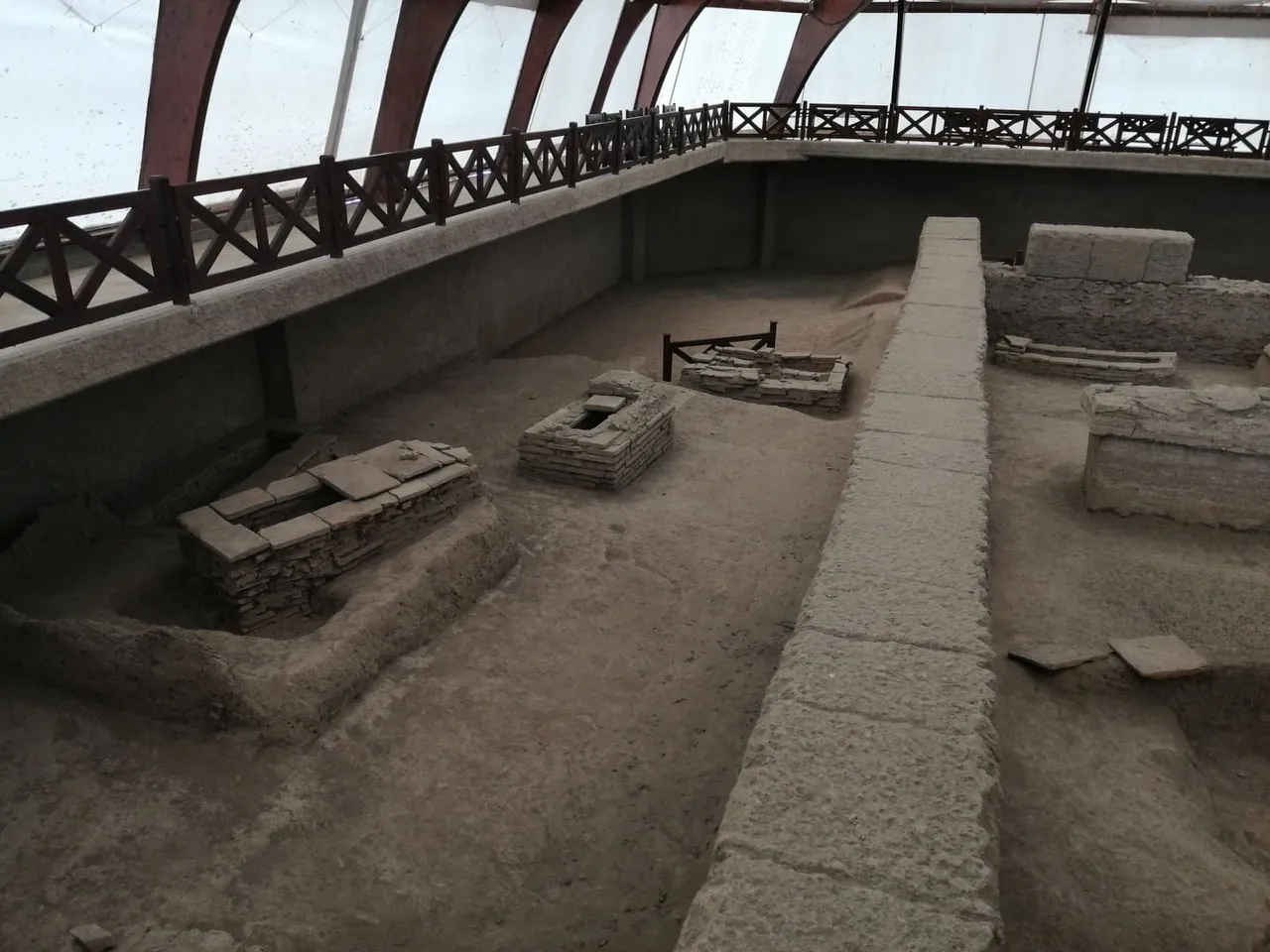
Viminacium is located at the confluence of the Mlava River in the Danube in the last valleys in front of the Đerdap Gorge. It is located at the strategic crossing of roads that led from the west to the east and from the north to the south. The Danube, which is now located about 3.5 km away, was in the immediate vicinity of the city in the antique period. As it is today, the river was one of the basic communications and trade routes that enabled rapid development.
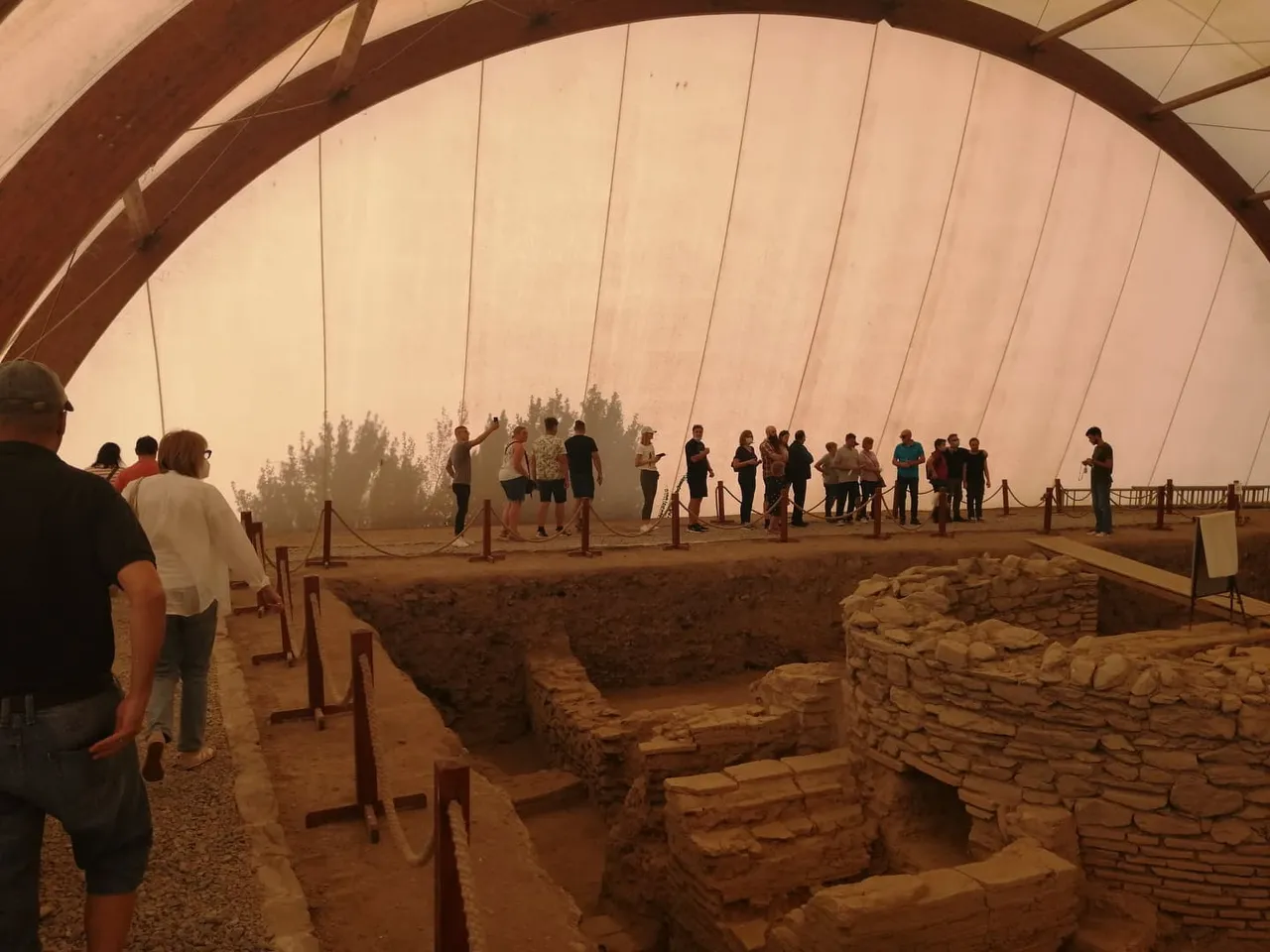
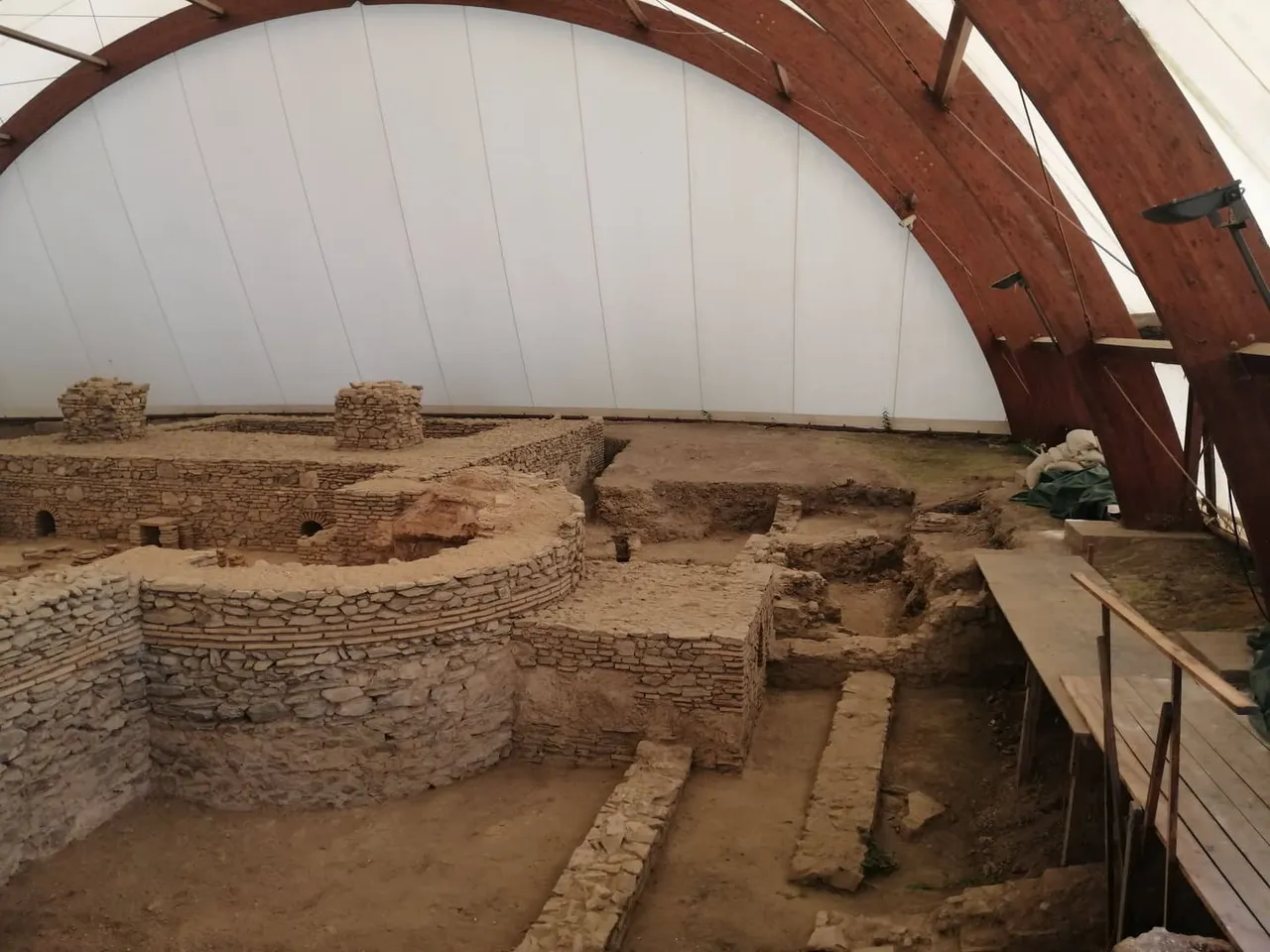
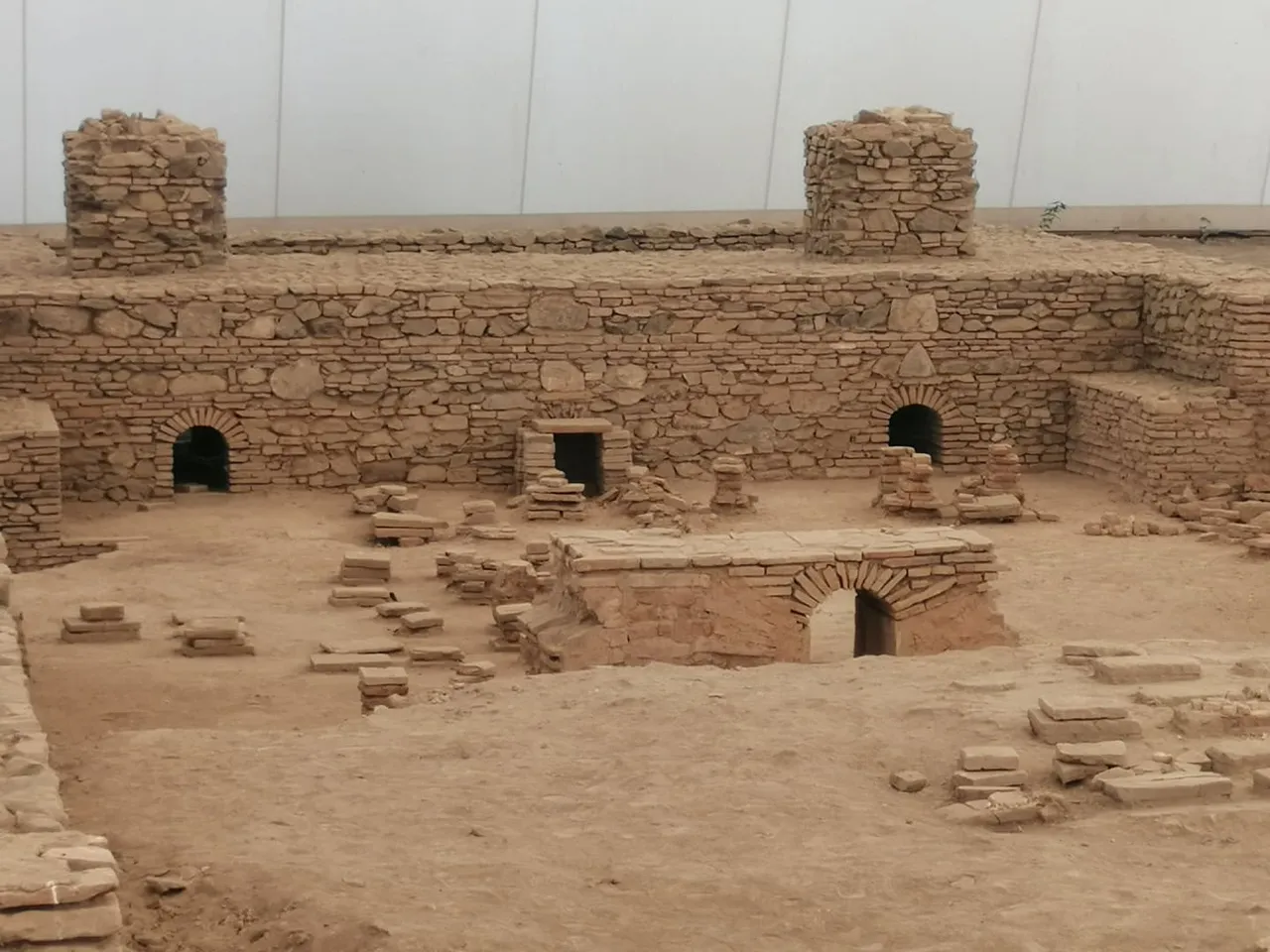
Archaeological research has been carried out on several occasions. Mihailo Valtrović started the first scientific excavations in 1882 with 12 prisoners because the state did not have enough funds to provide him with a better workforce. This research was followed by Miloje Vasić, the first Serbian educated archaeologist in 1902-1903. At that time, Queen Draga also paid an official visit and gave 100 gold coins to help continuation of the research. This can also be taken as the first donation for scientific research of ancient cities in Serbia. The continuation of work at Viminacium waited for decades until the moment when the Institute of Archaeology started the project in 1973. Systematic protection works lasted during the seventies and eighties in the area of the southern necropolises where the thermal power plant “Kostolac B” was built. During the nineties research was carried out periodically at places endangered by construction works. Since 2002, parallel archaeological and multidisciplinary research has been carried out systematically in the area of the Roman city, the legionary fort and the Roman necropolises. Everything that has been explored since that year is in the function of presentation and archaeological tourism. In this way, in just 6 years the Viminacium archaeological park was built. It is the first archaeological park in the central Balkan area. It is open throughout the year (except for January 1st) from 9 a.m. to 7 p.m., and per special request it is also open during the night.
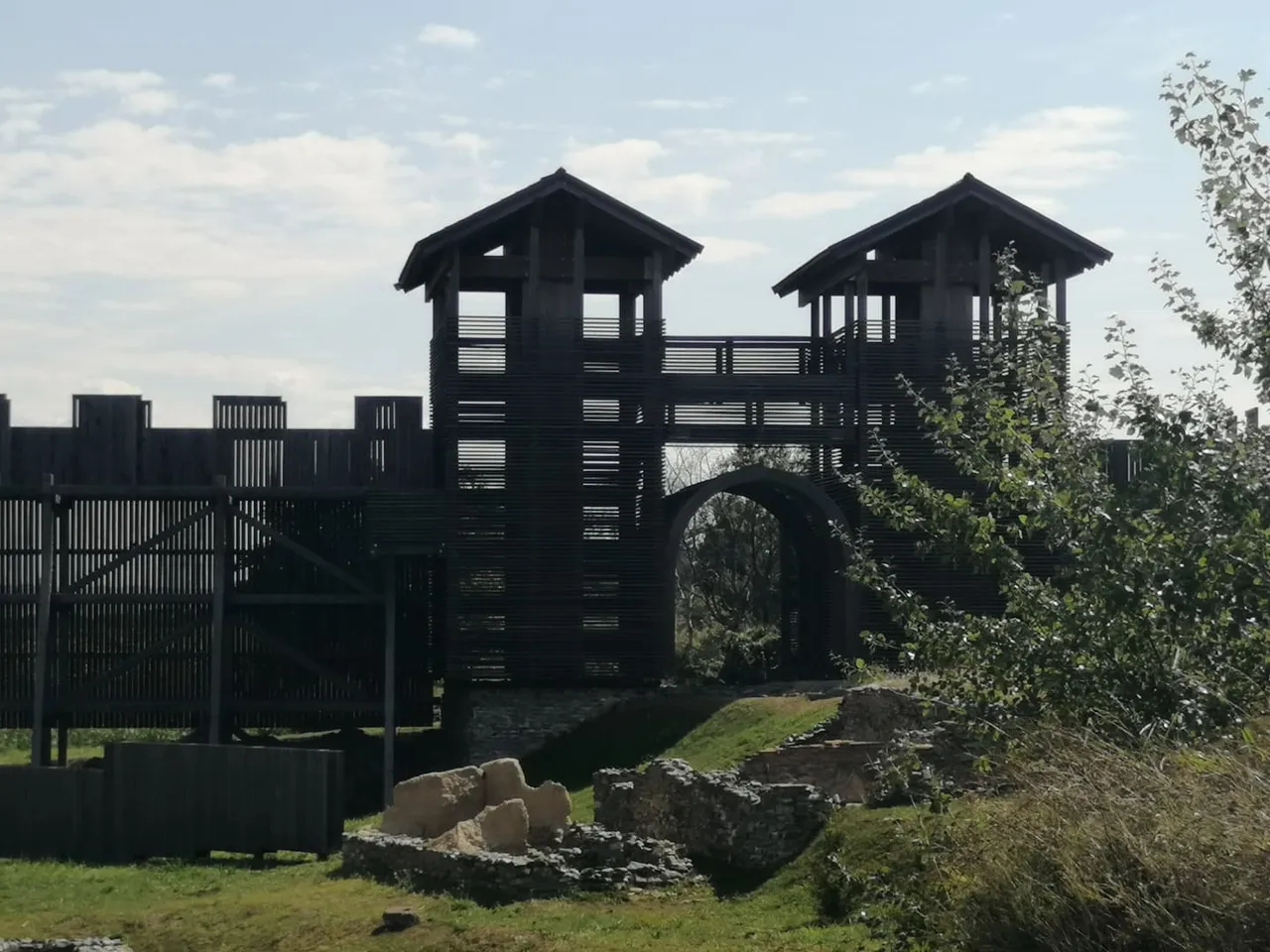

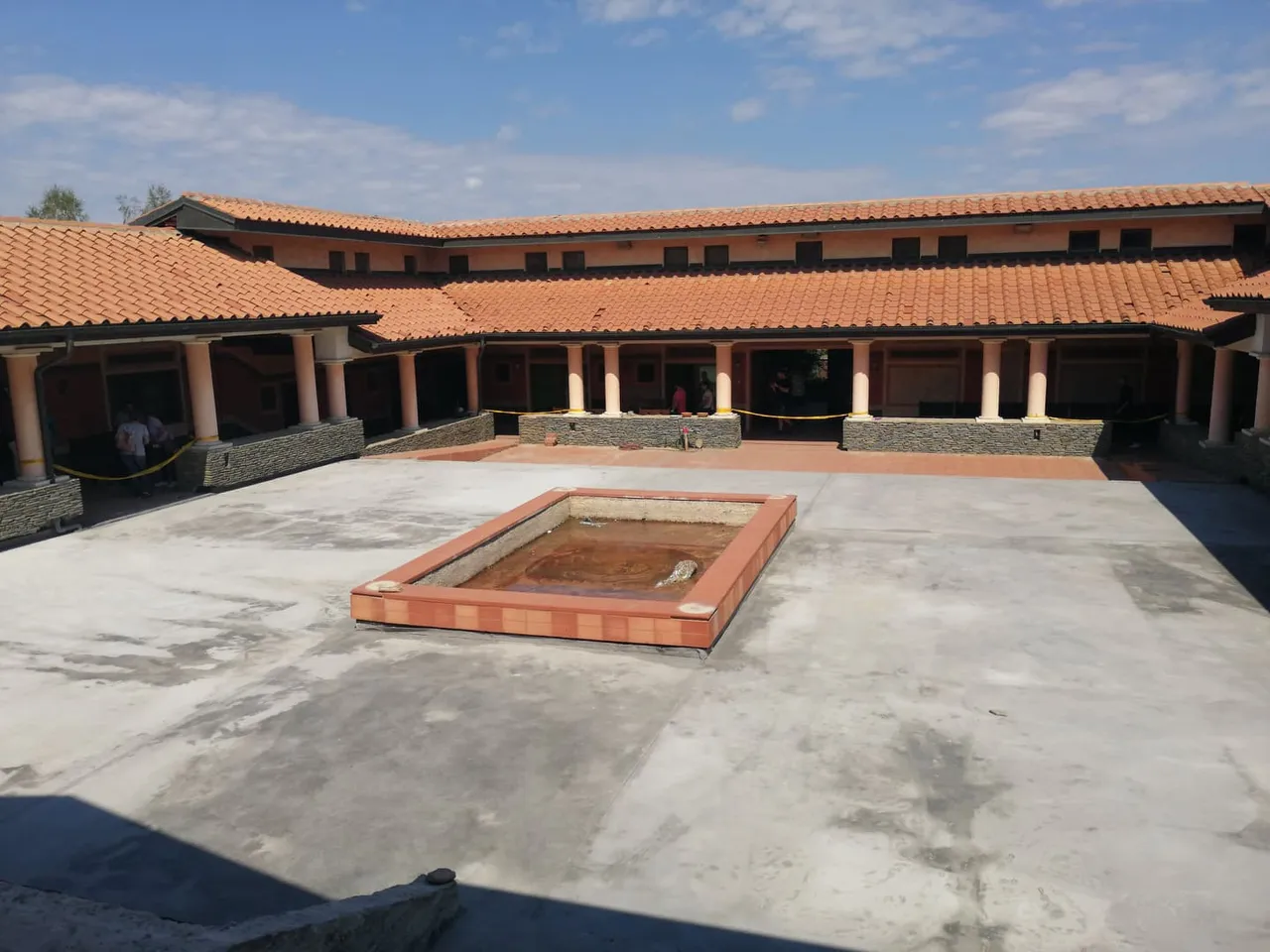
Model of the city and the legionary camp
Based on the results of many years of multidisciplinary research, a model was made with ideal reconstructions of ancient buildings in the appropriate scale. The model is a top artistic work of the academic painter and set designer Dragomir Ganet Petrović, a full professor at the Faculty of Theater Arts.
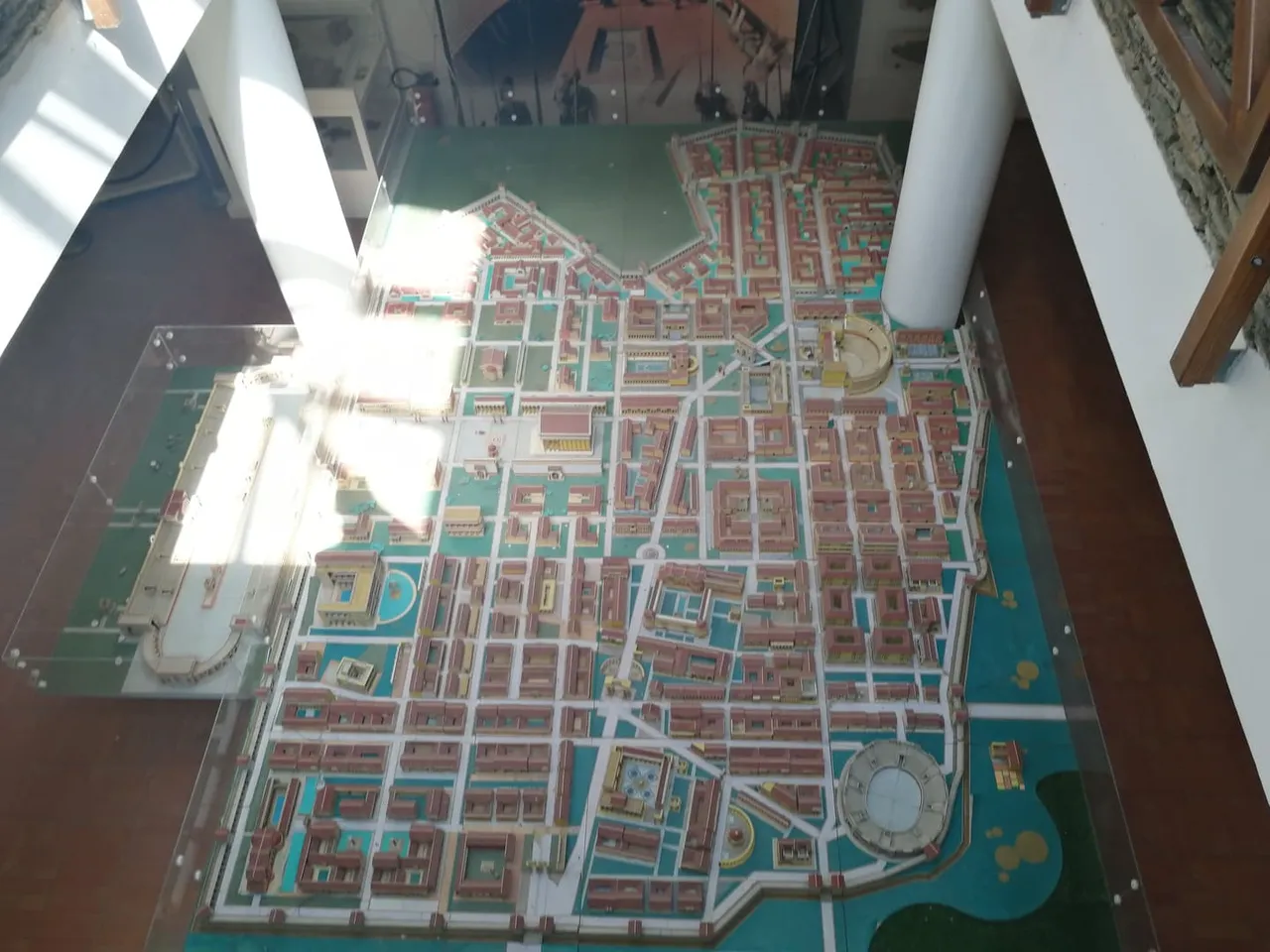
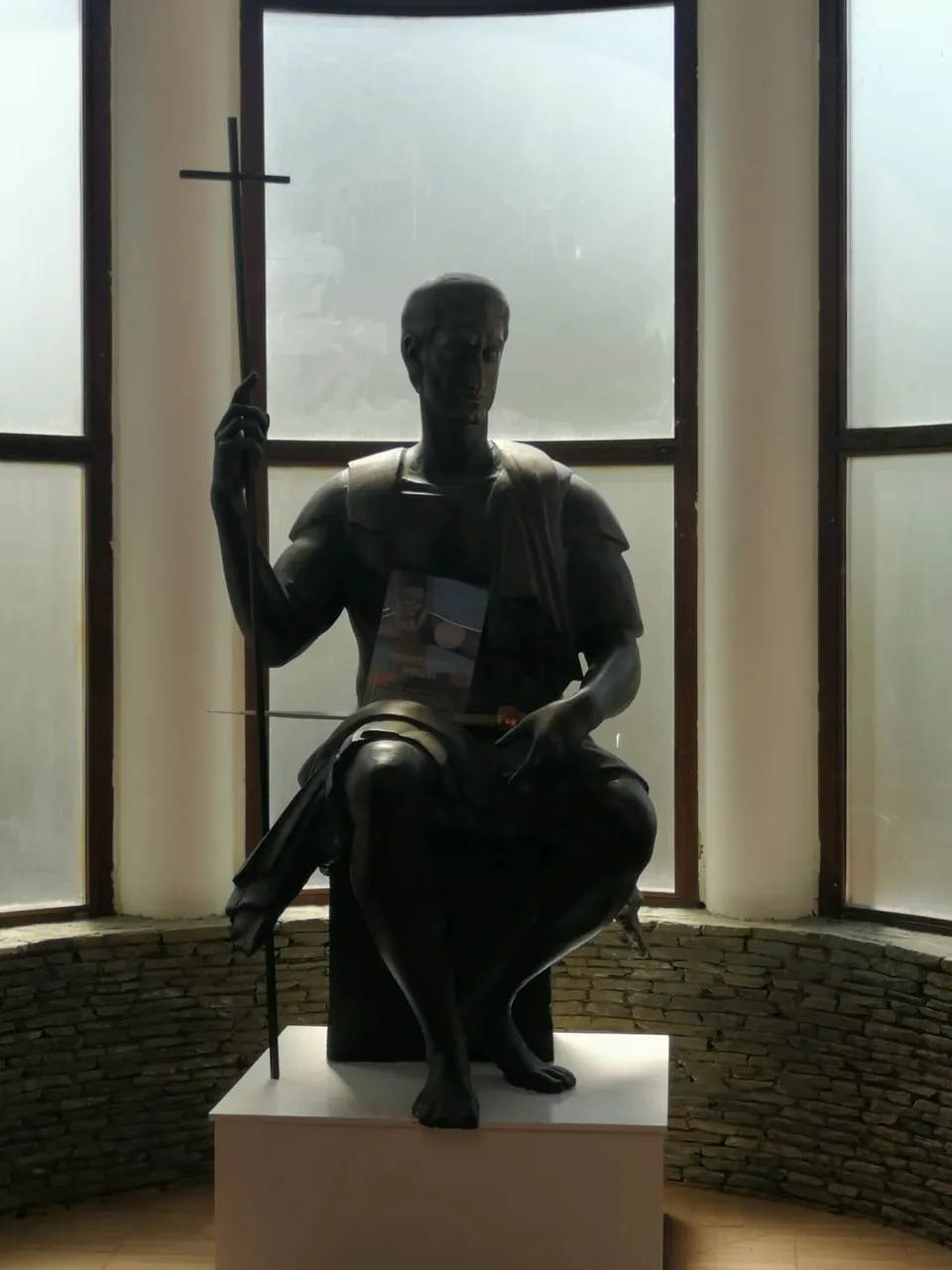
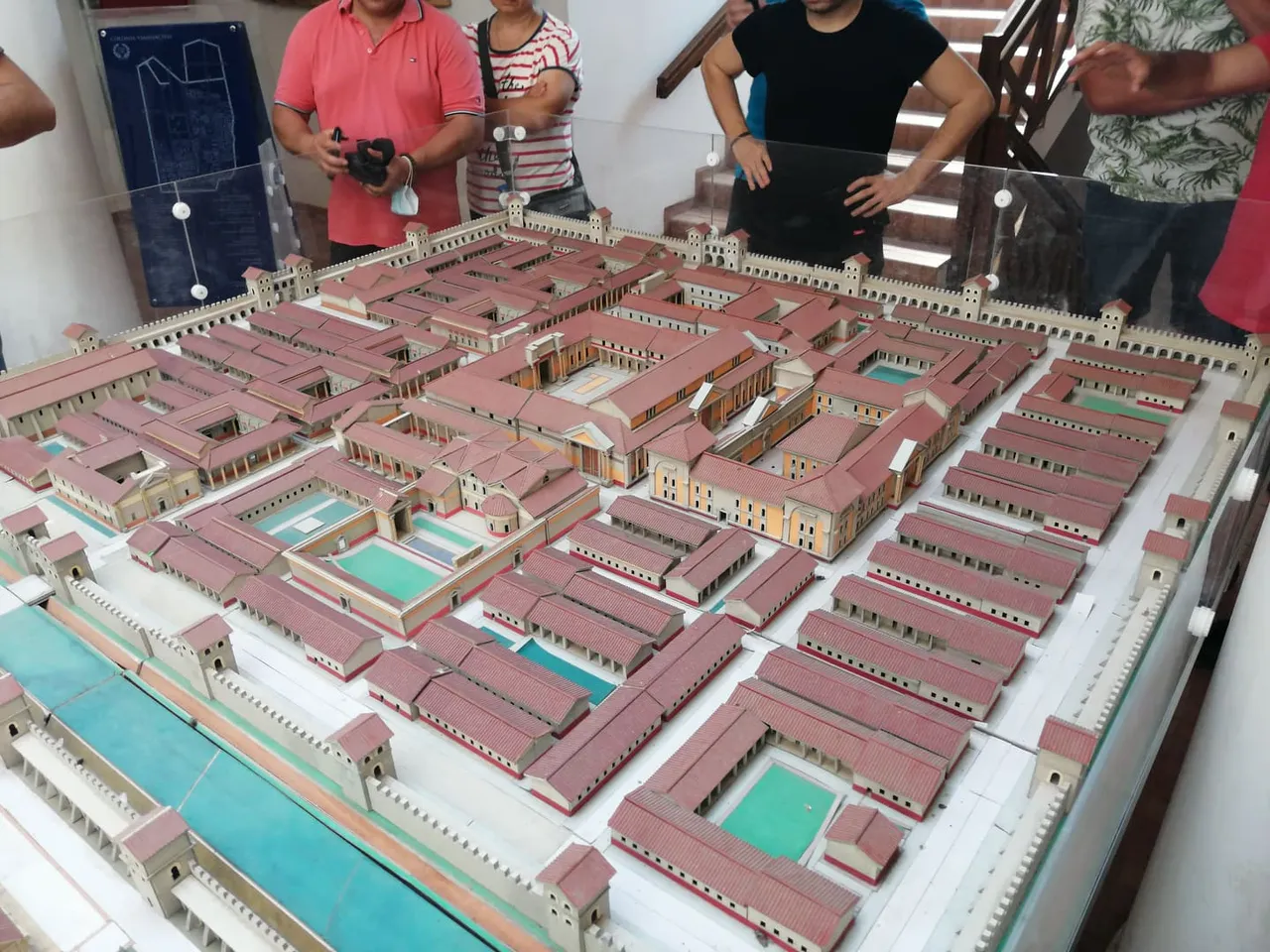
The model is designed according to the highest standards of scenography. It is of the modular type, which enables its easy packaging, transport and display at traveling exhibitions that present Viminacium research.

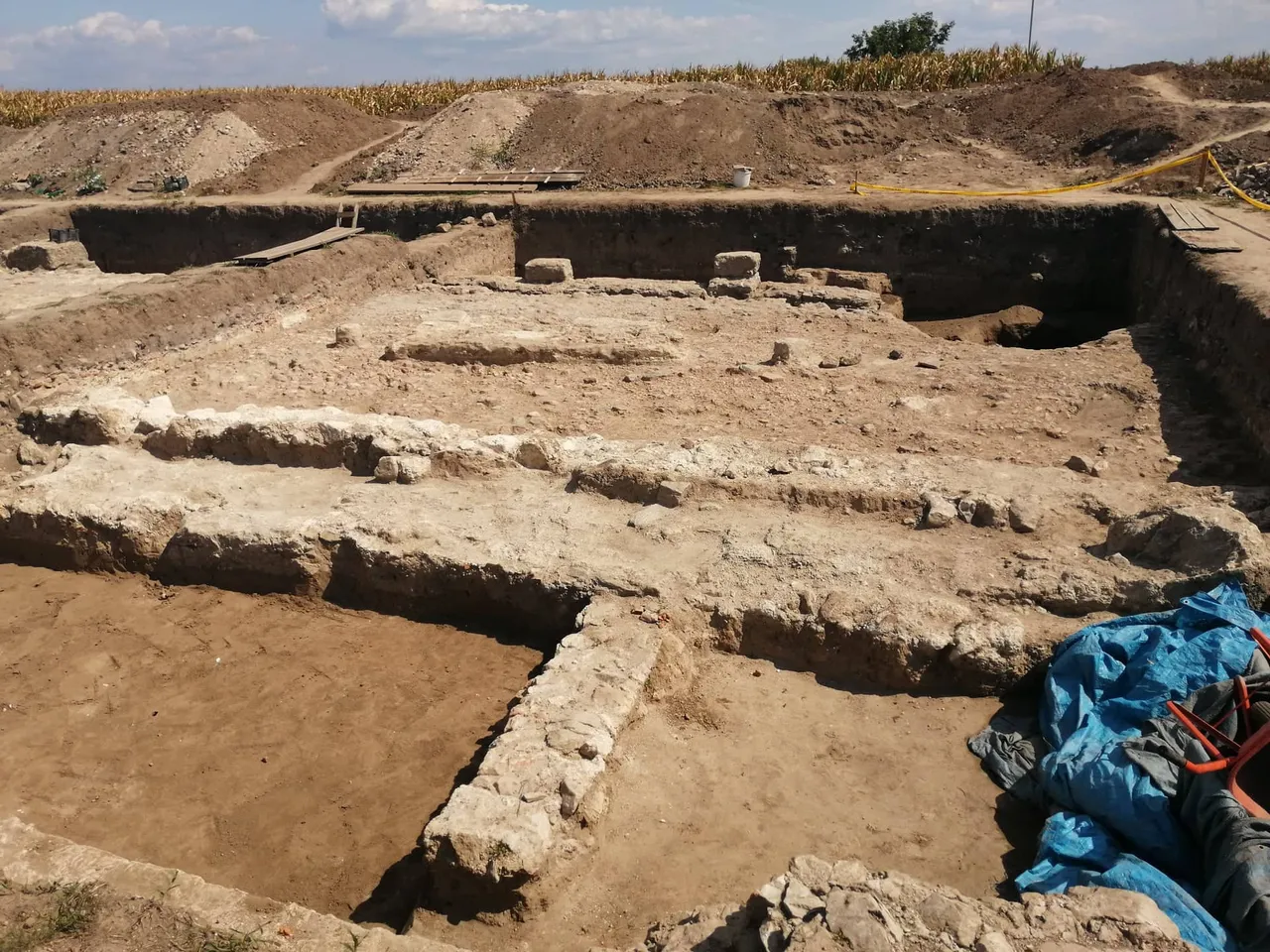
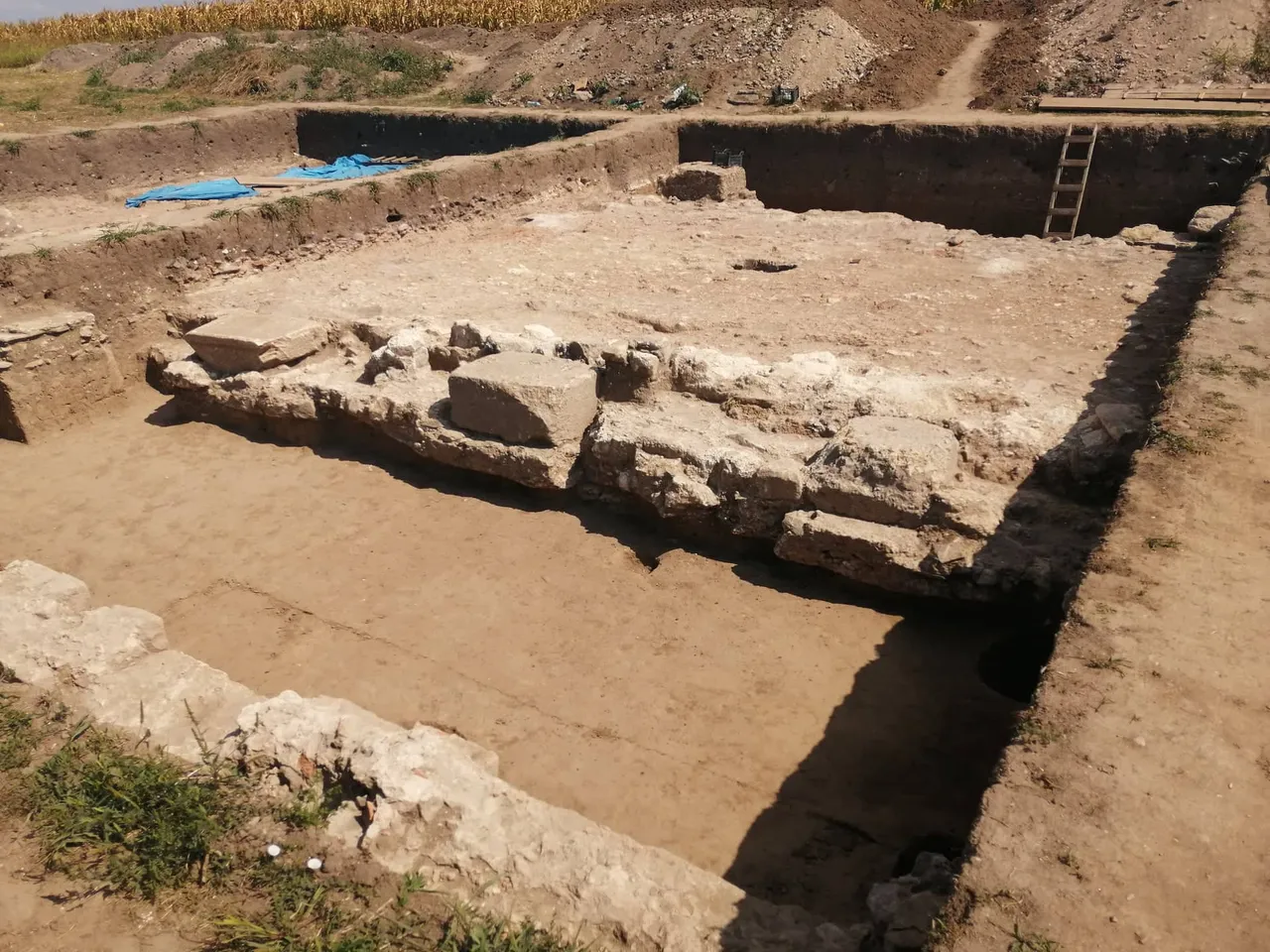
The Roman camp (castrum) in Viminacium was built in the early decades of the 1st century A.D. The existence of a previous earthwork at the very beginning of that century and associated with one of the first Moesian legions, the IV Scythica or the V Macedonica, may be assumed, although it has not been attested by archaeological evidence. The construction of the earliest stone fortifications, around the middle or in the second half of the 1st century A.D., is associated with the VII legio Claudia, which was stationed here throughout the classical period. The approximate dimensions of the camp are 443 x 387 meters. Its remains have been found on the right bank of the Mlava river as early as the 18th century, and the first archaeological excavations are associated with the explorations of M. Valtrović and M. Vasić. at the beginning of the last century. The north gate of the camp, “the Porta Praetoria”, was uncovered during the systematic excavations carried out in 2002 and 2003. The remains of the entrance gate, with massive pavements, a cloaca and richly decorated architectural elements show that the camp was a part of the mighty defence system on the northern frontier of the Empire. The find of a hoard of bronze coins dating from the period from the early 4th century to the middle of the 5th century A.D. is a testimony of the imperilled state of the camp, which was abandoned during the Hunnic invasion of 441 A.D. and never regained its former importance. The aerial photos and the geo-radar and geomagnetic surveys of the site give us a reliable picture of the camp with its defence walls, gates, towers and an administrative building (praetoria) lying beneath the fertile farmlands of Stig.
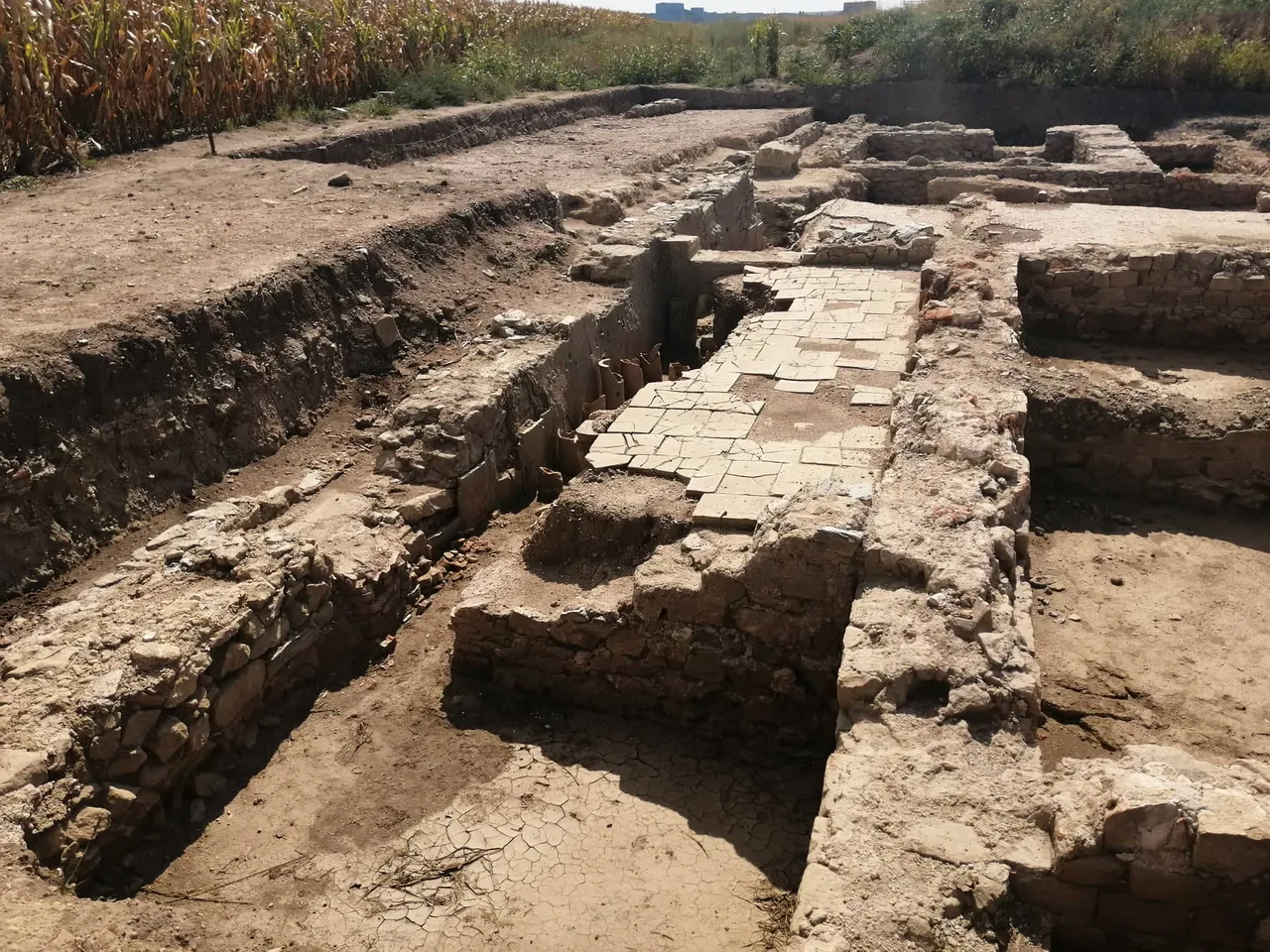
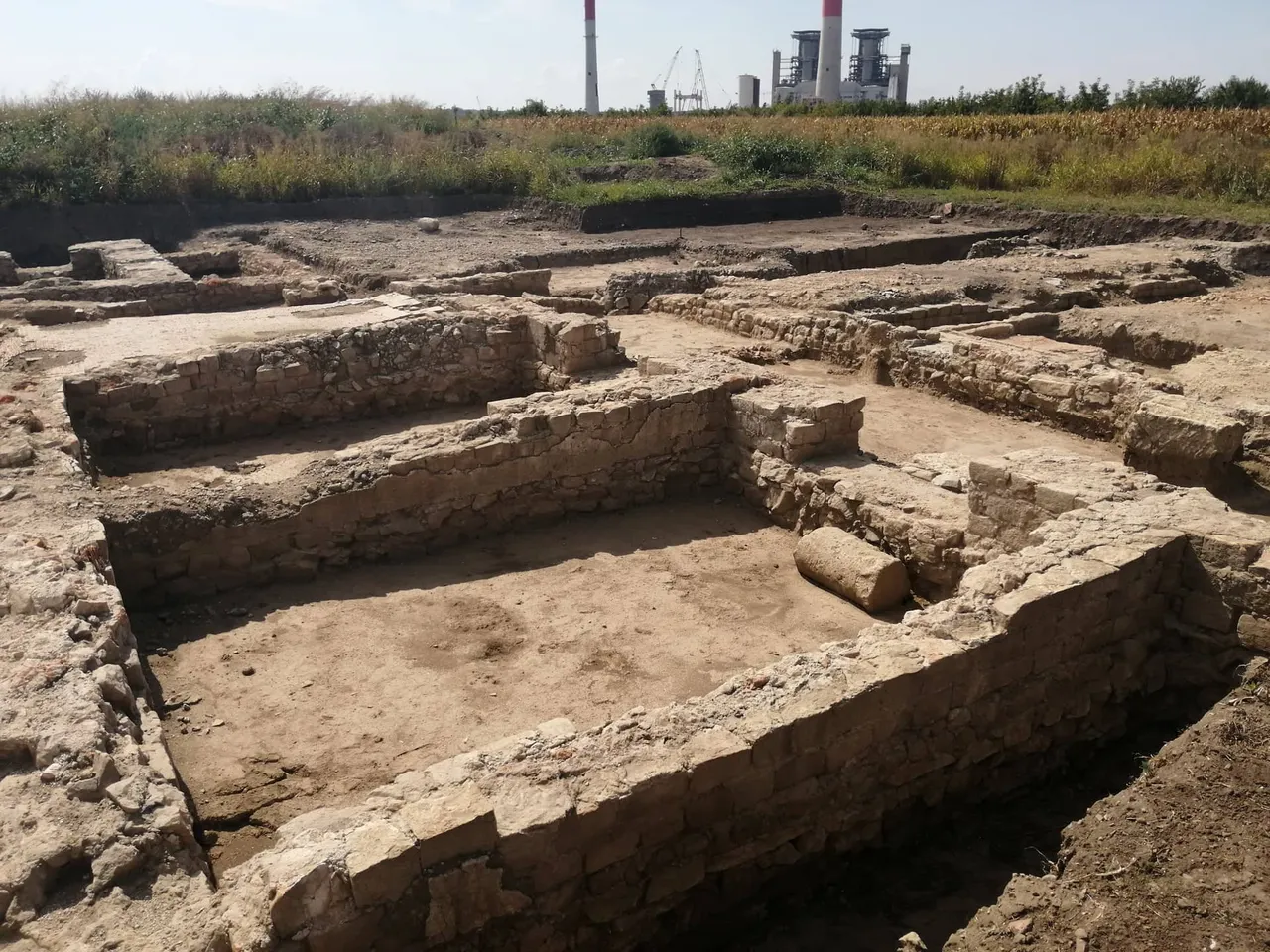
Source/photos
Source/Text
Source/Text
Source/Text
Source/Title
